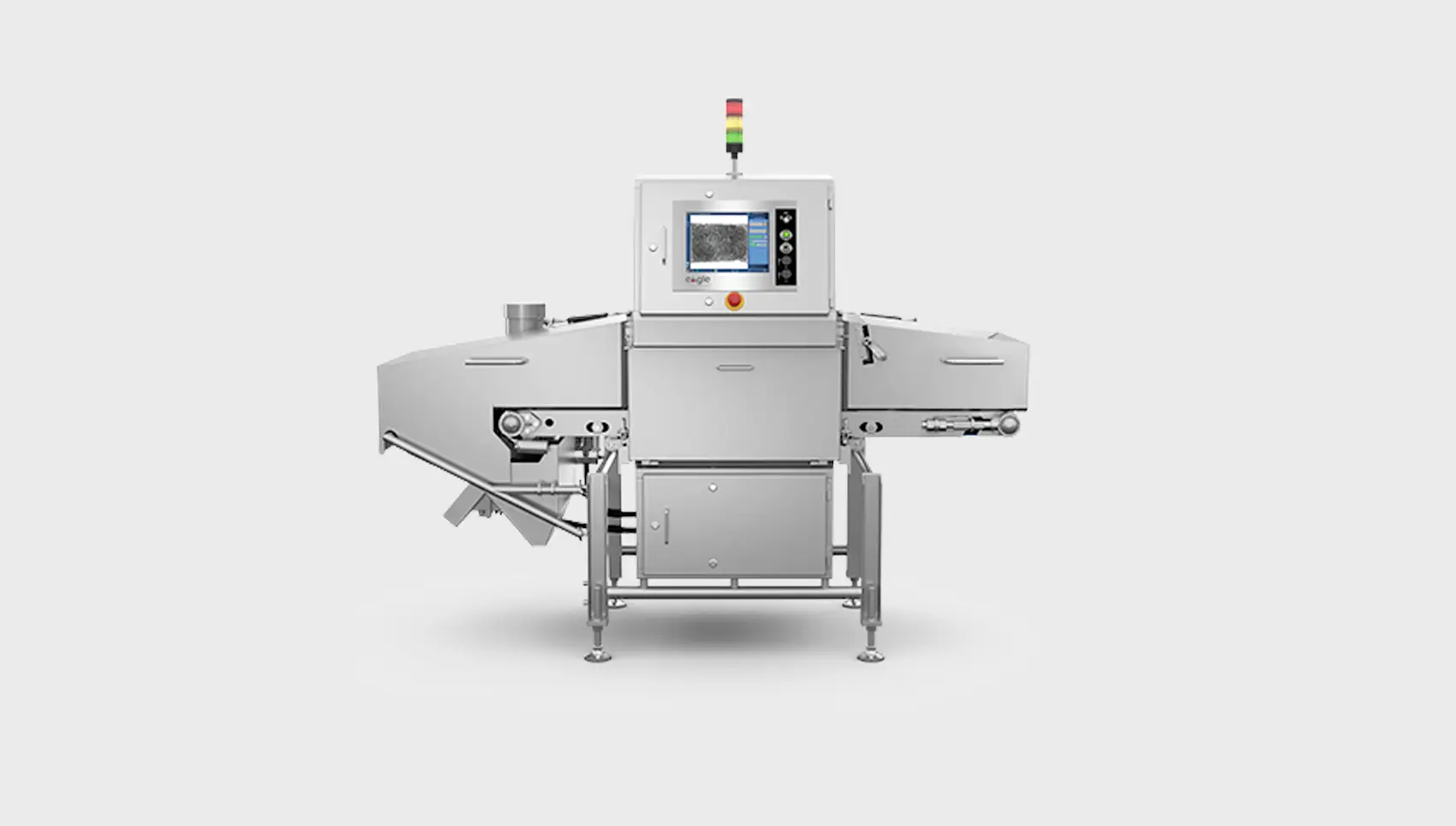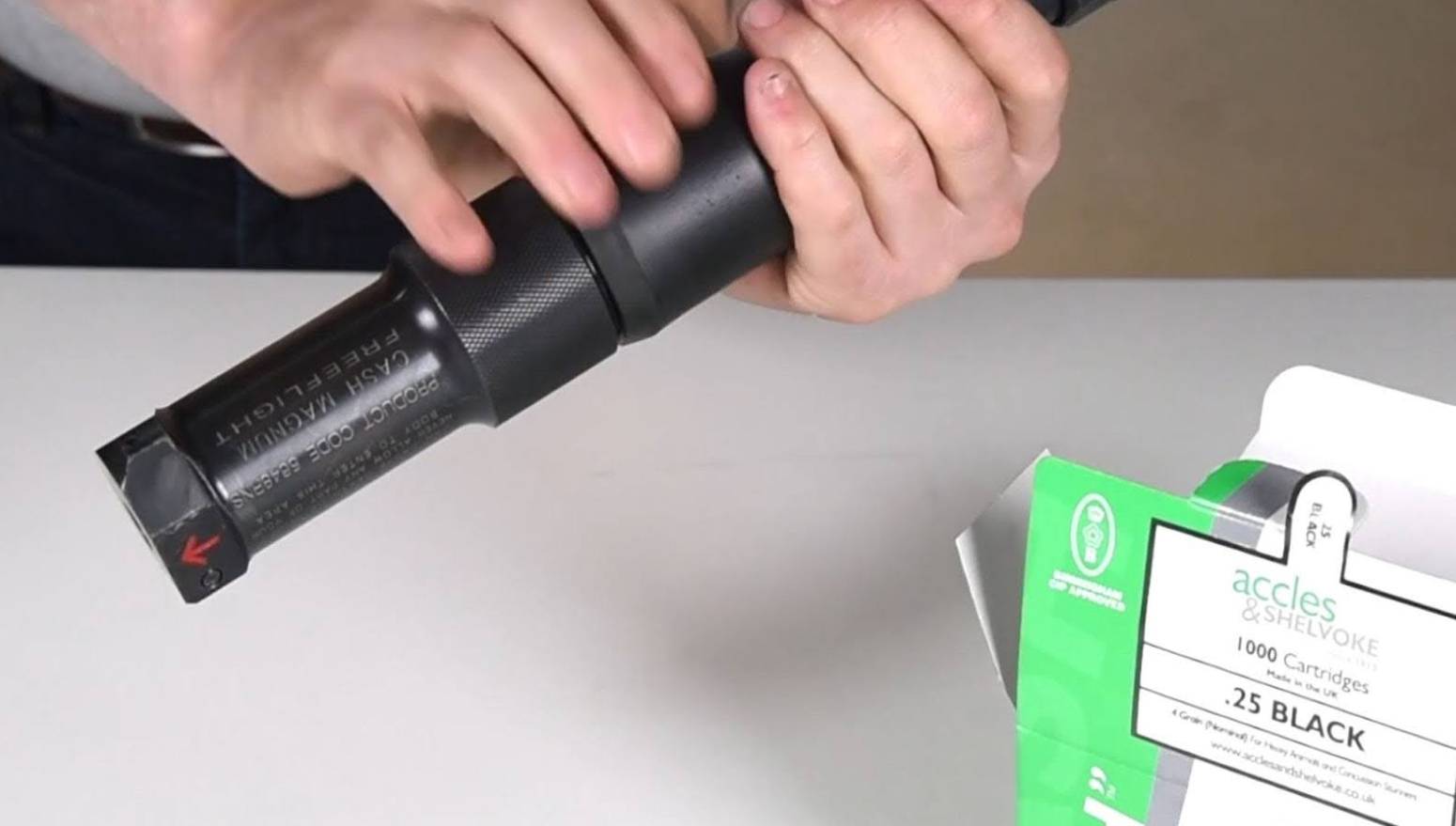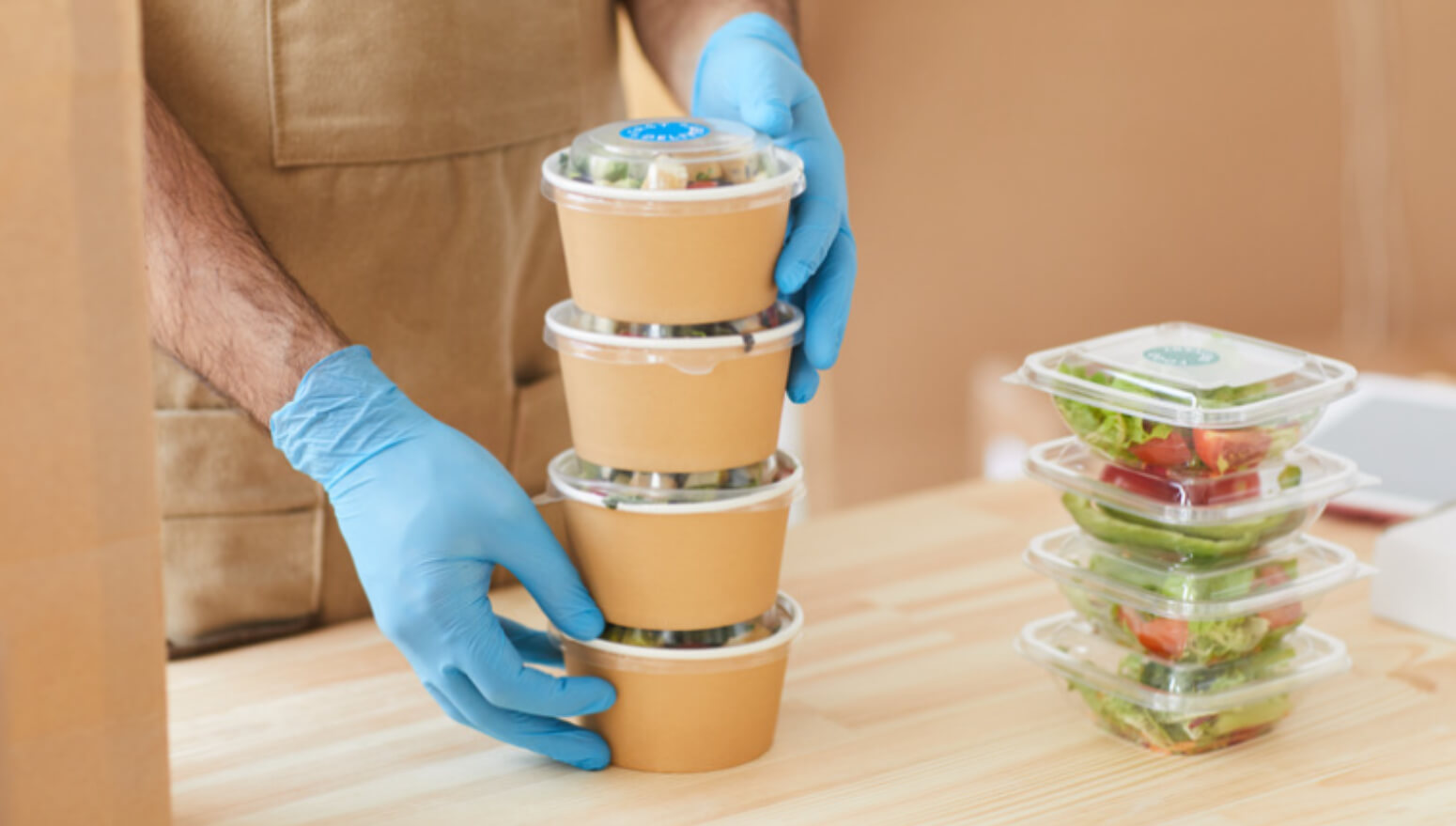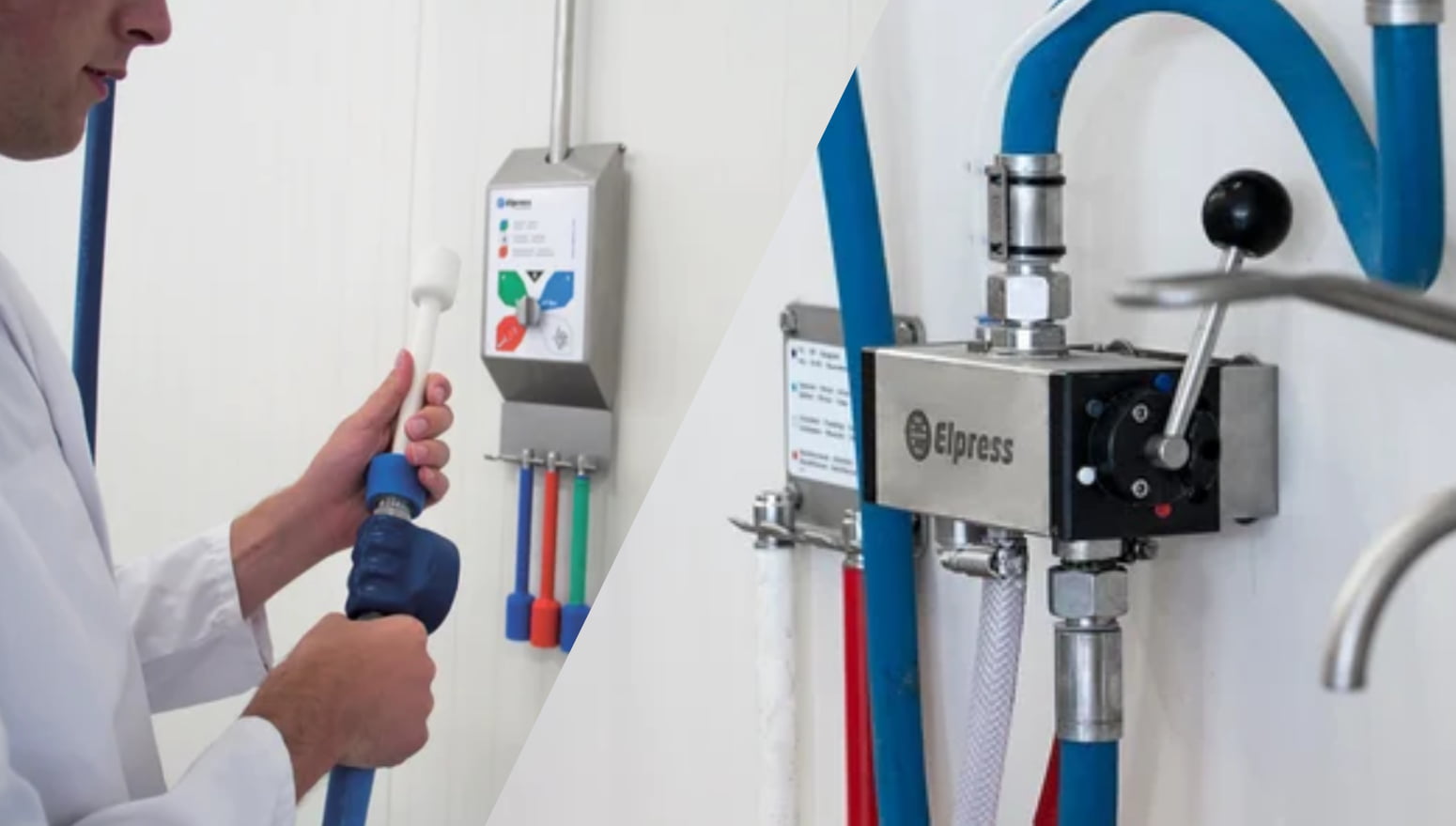State-of-the-art X-Ray Food Inspection Systems
If you’re looking for world class industrial X-Ray food inspection systems, you can’t go past Eagle PI X-Ray inspection machines.
No matter whether you need to inspect packaged, unpackaged or bulk food products, we stock a wide selection of Eagle X-Ray inspection systems, many of which feature Eagle’s leading edge, dual-energy X-Ray technology (MDX). This is an impressive feature that can detect contaminants across a variety of different product applications, and allows manufacturers to detect historically undetectable inorganic foreign objects such as rubber. It’s a very exciting innovation in foreign body detection equipment!
X-Ray inspection vs metal detectors in food industry
X-Ray inspection is the latest innovation in contaminant detection; these machines are capable of so much more than traditional metal detectors.
Metal detectors in food manufacturing are designed to sense and subsequently remove ferrous, nonferrous and stainless metals in a processing line. X-Ray food inspection systems, on the other hand, can detect and analyse more than just metal.
Eagle’s X-Ray food inspection systems are specifically designed to give food manufacturers assurance when it comes to hazard analysis and HACCP compliance. These state-of-the-art food inspection machines are capable of accurately detecting a host of physical contaminants, including:
- glass detection
- metal detection
- mineral stone detection
- high density plastic detection
- calcified bone detection
Eagle’s food inspection systems are an efficient and cost-effective way for you to detect physical contaminants and ensure product safety. They are also the ideal way for you to perform quality control in the meat industry, as they can simultaneously conduct a whole range of production line quality checks, including:
- fill level inspection
- mass measurement
- seal inspection
- component count
- fat analysis
Learn more: How To Improve Meat Yield And Giveaway
Eagle offers the ultimate X-Ray machines for the food industry in Australia and New Zealand. Depending on your specific food or meat analysis requirements, Eagle’s X-Ray food inspection systems are sure to provide the quality assurance solutions your business needs. They’re available in a range of models and sizes.
So if you’re looking for the best X-Ray inspection machine or the best metal detector for food industry processing, ask FPE about Eagle’s equipment today.
Why should I use food X-Ray inspection technology (instead of a metal detector)?
Heavy investment in research and development has allowed Eagle PI to create a wide and innovative range of X-Ray food inspection systems that have eclipsed all previous food inspection technologies.
As technology advances, X-Ray inspection machines are becoming increasingly popular. But what is it that makes this equipment superior to metal detection?
Here are 7 key reasons why you should choose food X-Ray inspection technology over metal detection:
- X-Ray is able to detect contaminants by “seeing through” metalised film or foil packages
- X-Ray machines can detect small pieces of many types of metal; and other foreign object types
- X-Ray allows you to set up/test new products in minutes utilising an intuitive, graphical interface
- The new generation of Eagle X-Ray inspection technology provides detailed production statistics
- X-Ray systems are as safe to use as metal detectors
- X-Ray systems have come down in price over the past 5 years and are now competitively priced against metal detectors
- With X-Ray technology there’s no need to worry about metal-free zones, ground loops, vibration or strange electromagnetic interference effects
Do metal detectors detect glass?
While metal detectors are generally not designed to detect glass, there are advanced technologies available, such as DEXA in Eagle PI’s X-Ray food inspection machines, that are capable of detecting foreign objects made of glass.
How safe is food X-Ray inspection?
Food X-Ray inspection systems are a valuable tool for food manufacturers as they help ensure product safety. They provide unrivalled accuracy when it comes to foreign body detection, while simultaneously being capable of measuring mass, inspecting seal integrity and counting components.
Despite the proven benefits of food X-Ray technology, some food processors still believe X-Ray inspection exposes their staff to hazardous amounts of radiation and could potentially force consumers to switch to brands without X-Ray technology. However, the X-Ray dose used for inspection purposes is actually significantly lower than that used for food irradiation and does not affect the safety, quality or nutritional value of foods, according to the World Health Organisation.
X-Ray inspection has been used in the food industry for more than 20 years, and under normal circumstances, the level of radiation that an operator in direct contact with an X-Ray system will receive is less than that received in a year from natural background radiation; the radiation that we are exposed to as part of our daily lives.
For more information on how safe is food X-Ray inspection, watch this video.






